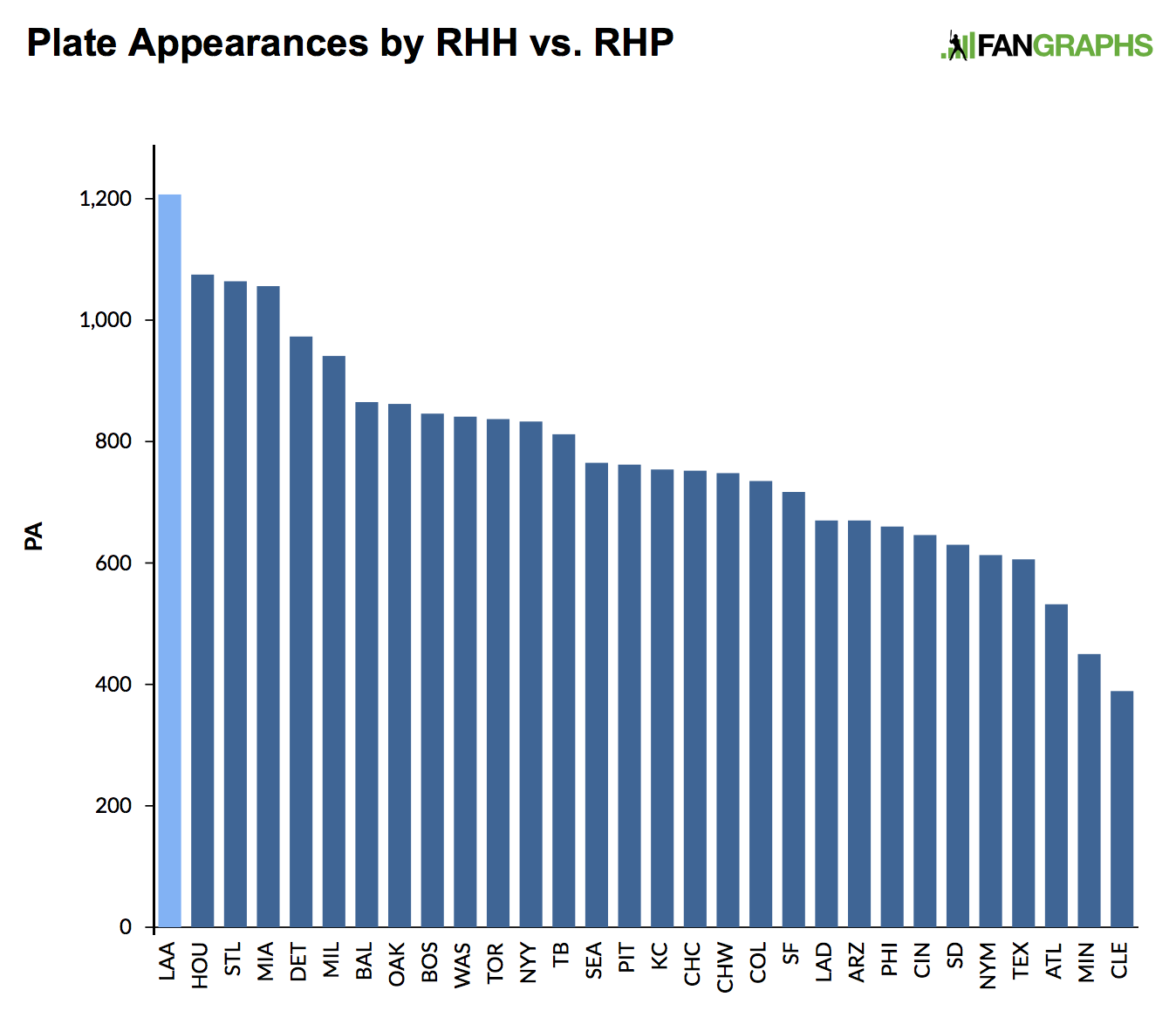Saberseminar Is Back!
If you read FanGraphs regularly, you’re probably already familiar with Saberseminar, the annual weekend event that puts you up close with some of baseball’s top coaches, statisticians, scouts, doctors, and scientists. You can view last year’s speakers here. It’s always an incredible lineup.
This year’s seminar will take place August 4 and 5 in Boston, MA. And while the exact agenda is still being finalized – baseball folks are so busy! – the organizers have shared a few highlights, which include:
- A panel with many of the authors of the recent report commissioned by Major League Baseball to explore changes to the baseball and MLB’s increased home run rate
- Ex-major league player Fernando Perez
- Top talent evaluators from the Red Sox front office
- Over 15 research presentations, including several from Japanese baseball
- The presentation of Saberseminar’s first-ever scholarship awards to women and minority students aspiring to front office roles
Early ticket pricing ends today, May 31st, with regular ticket sales starting June 1. Tickets, including discounted student tickets, can be purchased here.
And as if a weekend of nerdy baseball fun isn’t exciting enough, you’ll also be supporting a wonderful cause, as proceeds from the event will be donated to the Angioma Alliance.
We’ll keep you posted as the agenda is finalized and we confirm which FanGraphs writers will be in attendance.
In the meantime, take advantage of the early ticket pricing, and start looking forward to a great event!


